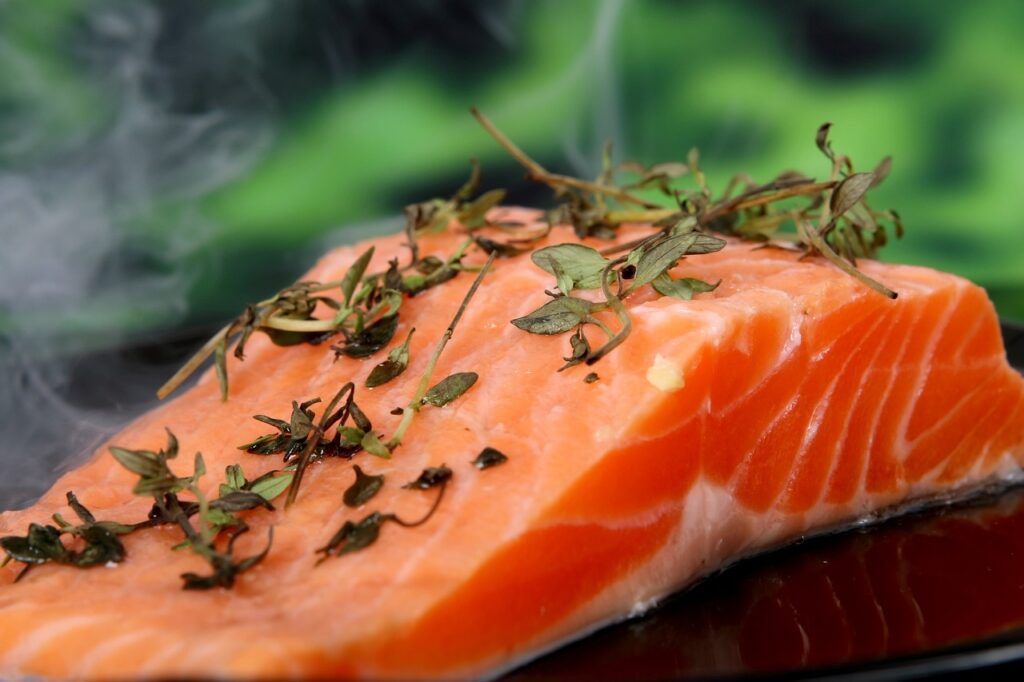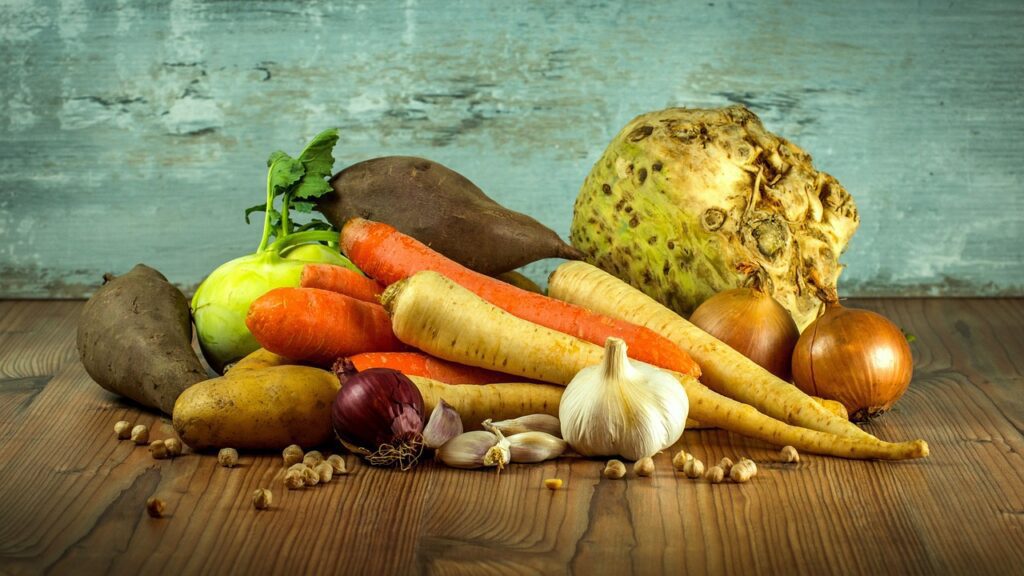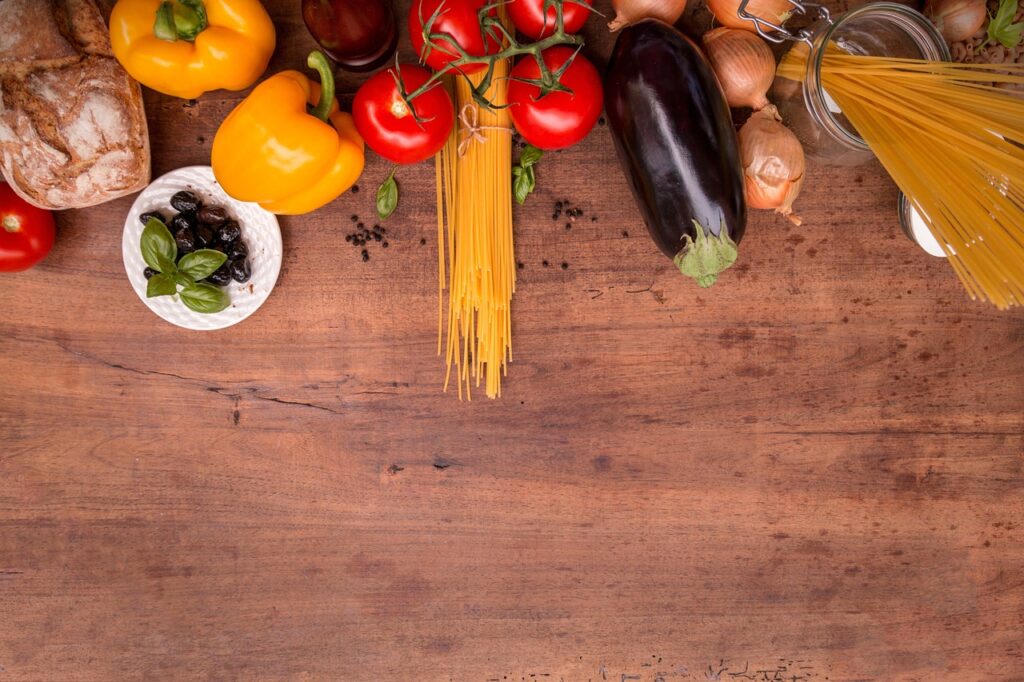
We are thrilled to share with you our expert tips on creating the ultimate Dorado recipe that will leave your taste buds begging for more. In this article, you’ll find everything you need to know to achieve culinary perfection when preparing this delicious and versatile fish. From selecting the freshest ingredients to exploring various seasonings and cooking techniques, these 10 tips will guide you in creating a Dorado dish that will impress even the most discerning palates. So, grab your apron and get ready to embark on a culinary adventure that is sure to elevate your cooking skills to new heights.
Choosing Fresh Dorado
When it comes to cooking the perfect Dorado, selecting the right fish is crucial. Freshness is key, as it ensures optimal flavor and texture in your dish. So, how do you go about choosing fresh Dorado?
Selecting the Right Fish
Look for Dorado with clear, bright eyes, as cloudy or sunken eyes are signs of a less-than-fresh fish. The skin should be shiny and vibrant, with no discoloration or blemishes. Additionally, the scales should be intact and tightly adhered to the skin. Avoid fish that appears dull or has a strong, fishy odor.
Examining the Appearance
A fresh Dorado will have a firm and plump body, indicating its freshness and quality. Gently press the flesh with your finger – it should spring back, leaving no indentation. The gills should be bright red and free from any slime. The belly area should also be clean and odor-free.
Checking for Freshness
To ensure your Dorado is fresh, you can perform a quick freshness test. Press the flesh behind the head – it should feel firm and elastic, not mushy or slimy. There should be no foul or ammonia-like odor. Trust your senses – if it smells off or looks unappetizing, it’s best to choose a different fish.
Preparing the Dorado
Before you can start cooking your Dorado, it’s important to properly clean and prepare the fish. Follow these steps to ensure a delicious and perfectly cooked meal.
Cleaning and Gutting the Fish
Start by rinsing the Dorado under cold water to remove any impurities. Using a sharp knife, make a shallow incision along the belly from the head to the tail. Carefully remove the guts and any internal organs. Rinse the cavity thoroughly to remove any remaining blood or residue.
Removing Scales
To remove the scales, hold the Dorado firmly by the head and scrape the scales from tail to head using a scaling tool or the back of a knife. Make sure to remove scales from both sides of the fish. Rinse the fish again to remove any loose scales and pat it dry with a paper towel.
Removing the Head and Tail
If desired, you can remove the head and tail of the Dorado before cooking. Using a sharp knife, make a diagonal cut just behind the gills to remove the head. To remove the tail, make a horizontal cut at the base of the tail. These steps are optional and can be adjusted according to personal preference.

This image is property of pixabay.com.
Marinades and Seasonings
Marinades and seasonings play a crucial role in enhancing the flavor of your Dorado. Here’s what you need to know about choosing the right marinade and using herbs and spices to elevate your dish.
Choosing the Right Marinade
When selecting a marinade for your Dorado, consider flavors that complement the natural taste of the fish. Citrus-based marinades, such as lemon or lime, work well with Dorado as they add brightness and freshness. Alternatively, you can opt for savory marinades that feature ingredients like garlic, soy sauce, and herbs.
Using Herbs and Spices
Herbs and spices can bring a burst of flavor to your Dorado. Fresh herbs like cilantro, parsley, and dill can add a vibrant and aromatic touch. Additionally, spices such as paprika, cumin, and chili powder can lend a subtle heat and depth of flavor. Experiment with different combinations to find your preferred taste profile.
Seasoning for Flavor
Before grilling your Dorado, season it with salt and pepper to enhance its natural flavors. Sprinkle a generous amount of salt and freshly ground black pepper on both sides of the fish, ensuring even coverage. This simple step will bring out the best in your Dorado and create a well-balanced taste.
Grilling Techniques
Grilling is a popular method for cooking Dorado, as it imparts a smoky and charred flavor that perfectly complements the fish’s mild taste. To achieve the best results, follow these essential grilling techniques.
Preheating the Grill
Before placing your Dorado on the grill, ensure it is preheated to the appropriate temperature. Preheating allows for even cooking and helps prevent the fish from sticking to the grates. Aim for a medium-high heat, around 375°F to 450°F (190°C to 230°C), depending on the thickness of your fish.
Oil and Season the Grill Grates
To prevent your Dorado from sticking to the grill grates, it’s important to oil them before cooking. Use a pair of tongs to hold a folded paper towel soaked in vegetable oil. Rub the oiled paper towel over the grates, creating a thin, even coating. This will create a non-stick surface and ensure easy removal of the fish.
Direct and Indirect Grilling
When grilling Dorado, you have two main options: direct and indirect grilling. Direct grilling involves placing the fish directly over the heat source, resulting in a quicker cooking time and a slightly charred exterior. Indirect grilling, on the other hand, involves placing the fish away from the heat source, allowing for more gentle and even cooking.

This image is property of pixabay.com.
Cooking Time and Temperature
Achieving the perfect cooking time and temperature is crucial to ensure that your Dorado is cooked to perfection. Here’s how you can determine the cooking time and achieve optimal results.
Determining Cooking Time
The cooking time for Dorado will vary depending on the thickness of the fish and the cooking method used. As a general guideline, plan for around 8 to 12 minutes of cooking time per inch of thickness. Keep a close eye on the fish and use a fork to test for doneness – the flesh should be opaque and easily flake apart.
Optimal Cooking Temperature
To ensure that your Dorado is cooked to the ideal internal temperature, use a meat thermometer. Insert the probe into the thickest part of the fish, making sure not to touch the bone. The internal temperature should reach 145°F (63°C) for safe consumption. This will ensure that the fish is fully cooked yet remains moist and flavorful.
Avoiding Overcooking
Overcooking can result in dry and tough fish, so it’s important to remove the Dorado from the heat source as soon as it reaches the desired internal temperature. Remember that the residual heat will continue to cook the fish, so be cautious not to leave it on the grill for too long. Remove the fish promptly to preserve its succulence.
Basting and Flipping
Basting and flipping are essential steps in grilling Dorado, contributing to its moisture and flavor. Here’s how you can perfect these techniques to create a delicious and succulent dish.
Basting for Moisture and Flavor
Basting involves brushing the Dorado with a flavorful liquid during the grilling process. This technique adds moisture, prevents the fish from drying out, and imparts additional flavors. Use a silicone brush to generously coat both sides of the fish with your chosen baste. Baste occasionally throughout the cooking process for optimal results.
Flipping the Dorado
To ensure even cooking and a nicely charred exterior, flip the Dorado halfway through the grilling time. Use a spatula or fish grill basket to carefully turn the fish over, being cautious not to break it apart. This simple step will ensure that both sides of the fish are evenly cooked and beautifully caramelized.
Using Flavorful Baste
When choosing a baste for your Dorado, consider using a mixture of oil, herbs, and citrus juice. This combination will add moisture and infuse the fish with a delightful burst of flavor. Alternatively, you can create a tangy baste using vinegar, mustard, and honey. Experiment with different bastes to find the one that suits your taste preferences.

This image is property of pixabay.com.
Serving Suggestions
To complete your Dorado dish, consider the following accompaniments, garnishes, and side dishes to further enhance the flavor and presentation.
Accompaniments to the Dorado
Dorado pairs well with various accompaniments, such as a refreshing mango salsa, a zesty tomato and avocado salad, or a tangy citrus sauce. These side dishes add brightness and acidity to complement the mild and delicate taste of the fish. Consider your personal preferences and the overall flavor profile you wish to create.
Garnishing the Dish
Garnishing your Dorado adds a visual appeal and can elevate the overall presentation of the dish. Fresh herbs like parsley or cilantro can be sprinkled over the fish. Additionally, thin slices of lemon or lime can be placed on top of the Dorado for an elegant touch. Use your creativity to make your dish visually enticing.
Choosing the Right Sides
Selecting the right side dishes can elevate your Dorado meal. Light and refreshing options such as a lemon and herb quinoa, grilled asparagus, or a crisp green salad make excellent choices. Consider the texture and flavors of the sides, aiming to create a well-balanced and satisfying meal.
Presentation Tips
The presentation of your Dorado dish is important, as it sets the stage for an enjoyable dining experience. Consider the following tips to create an appealing and visually appealing presentation.
Arranging the Fish on the Platter
To create an eye-catching presentation, place the grilled Dorado in the center of a large platter. Position it with the head and tail intact for added visual interest. This arrangement showcases the beauty and shape of the fish, making it an impressive centerpiece for your meal.
Garnishing the Platter
To further enhance the presentation, garnish the platter with fresh herbs and citrus slices. Arrange the herbs around the fish, creating a decorative border. Scatter lemon or lime slices strategically for a pop of color and added freshness. These small touches will make your platter visually appealing and inviting.
Adding Visual Appeal
Consider incorporating vibrant and colorful elements to make your Dorado dish visually appealing. Serve it on a bed of fresh salad greens or colorful roasted vegetables. You can also drizzle a vibrant sauce or glaze on the fish for an added layer of visual interest. Experiment with different presentations to find a style that suits your table setting.
Storing Leftover Dorado
If you have leftover Dorado, it can be stored and enjoyed later. Proper handling and storage will ensure that the fish remains safe to eat and maintains its flavor and texture.
Properly Cooling the Fish
After cooking, allow the Dorado to cool to room temperature before storing. Placing it in the refrigerator or freezer while still warm can lead to condensation and potential spoilage. Letting it cool down gradually will help preserve its freshness.
Storing in Refrigerator or Freezer
To store the leftover Dorado, wrap it tightly in plastic wrap or aluminum foil to prevent air exposure. Place it in an airtight container or zip-lock bag to further protect it from moisture and odors. For short-term storage, keep it in the refrigerator for up to 2-3 days. If you plan to store it for longer, the freezer is your best option, where it can be kept for up to 2-3 months.
Reheating the Leftovers
When you’re ready to enjoy the leftover Dorado, it’s important to reheat it properly to ensure its texture and flavor are preserved. To reheat the fish, preheat the oven to 350°F (175°C). Place the wrapped fish on a baking sheet and warm it in the oven for about 10-15 minutes, or until it reaches an internal temperature of 145°F (63°C). Avoid overcooking to prevent drying out the fish.
Adjusting the Recipe for Dietary Restrictions
If you or your guests have dietary restrictions or preferences, there are several ways to adapt the Dorado recipe to accommodate them. Consider the following substitutions and modifications.
Substituting Ingredients
For individuals with allergies or dietary restrictions, it may be necessary to substitute certain ingredients. For example, if someone is allergic to citrus fruits, you can use alternative acids like vinegar or white wine to provide a similar tangy flavor. Always check for any potential allergens or intolerances before making substitutions.
Making it Gluten-free or Dairy-free
To make the Dorado recipe gluten-free, ensure that all ingredients used and any marinades or seasonings are free from gluten. Use gluten-free soy sauce or tamari instead of regular soy sauce, and opt for gluten-free breading or breadcrumbs if desired. To make it dairy-free, avoid using butter or any dairy-based sauces and stick to oil-based alternatives.
Catering to Allergies
If you are catering to specific allergies, it’s important to carefully consider any potential allergens present in the recipe. Communicate with your guests to identify any allergies or dietary restrictions they may have, and adjust the recipe accordingly. Take precautions to prevent cross-contamination in the kitchen and provide alternative options if necessary.
By following these comprehensive tips and techniques, you’ll be well on your way to making the perfect Dorado recipe. Enjoy the process, get creative with flavors, and savor the delicious results. Happy cooking!






